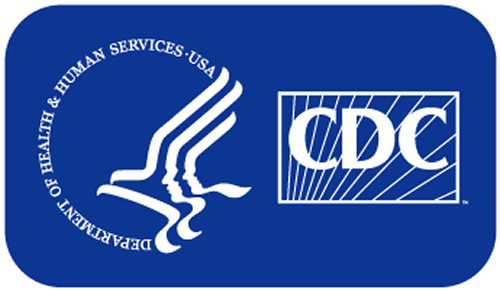
Radiological and Nuclear Terrorism:
Medical Response to Mass Casualties
Instructions
You are about to take a Self Test on the material presented in this activity. Answer all of the questions .
- The majority of self-referred patients arriving at hospitals following a Radiological Dispersal Device (dirty bomb) incident will most likely need medical attention for:
- Following an incident involving a Radiological Exposure Device, or hidden radioactive source, thousands could feasibly require:
- Hospital emergency response planning for mass casualties should include consideration of:
- Establishing immediate medical response to a radiological event with mass casualties should include:
- Which of the following statements about the process of radiological decontamination is true?
- The first step in radiological decontamination is:
- Hospital triage of mass casualties following a radiological event should take into account the expectation that:
- Time to emesis following exposure to a radiological source can be used to measure:
- A contamination survey with a radiation meter can:
- The most useful diagnostic test in determining significant radiation injury in the first 24 hours post radiation exposure is:
- Acute radiation syndrome (ARS) may cause which of the following symptoms:
- Following ingestion of cesium137, which of the following drugs would assist in eliminating the cesium from the body?
- A patient arrives following exposure to a hidden radiation source. A radiological survey indicates normal background readings. Which of the following statements are accurate?
- Which of the following injuries may result following explosion of an improvised nuclear device?
- Which of the following actions would be appropriate in treating patients who are experiencing psychological trauma following a radiological event: